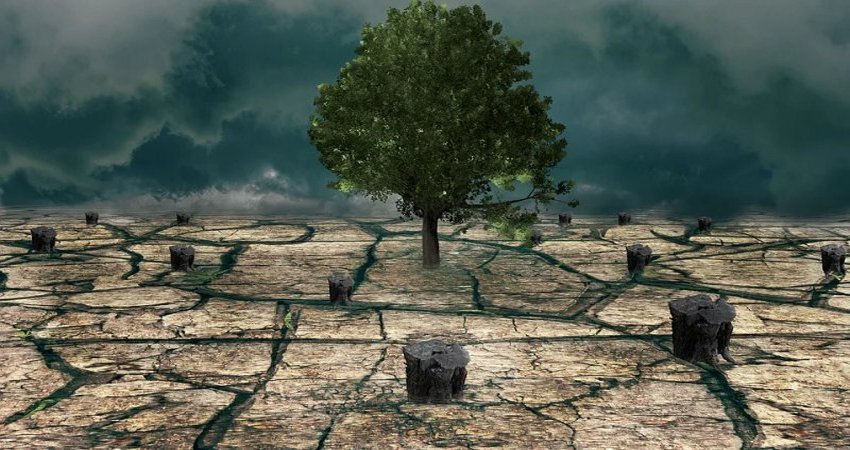Dangerous Heated Ocean Discovered Hidden Under The Arctic
Eddie Gonzales Jr. – MessageToEagle.com –There are many serious problems with the Arctic right now. The Arctic sea ice is threatened by the melting of ice around its edges and the chemistry of its water is changing.
Recently scientists from the University of Alaska Fairbanks reported that Methane released by thawing permafrost from some Arctic lakes could significantly accelerate climate change.
As if this wasn’t bad enough, we now learn that there is a dangerous heated ocean hidden under the Arctic.
According to researchers from Yale University, warmer water that originated hundreds of miles away has penetrated deep into the interior of the Arctic.
This mean that the “archived” heat, currently trapped below the surface, has the potential to melt the region’s entire sea-ice pack if it reaches the surface.
See also:
South Atlantic Anomaly Is Weakening Earth’s Magnetic Field Dramatically
Previously Undetected Huge Subglacial Valleys And Mountains Discovered Near Antarctica’s South Pole
Mysterious Ice Circles Discovered In The Arctic Sea Remain Unexplained For Now – NASA Says
“We document a striking ocean warming in one of the main basins of the interior Arctic Ocean, the Canadian Basin,” said lead author Mary-Louise Timmermans, a professor of geology and geophysics at Yale University.
The upper ocean in the Canadian Basin has seen a two-fold increase in heat content over the past 30 years, the researchers said. They traced the source to waters hundreds of miles to the south, where reduced sea ice has left the surface ocean more exposed to summer solar warming. In turn, Arctic winds are driving the warmer water north, but below the surface waters.
Credit: Yale University
“This means the effects of sea-ice loss are not limited to the ice-free regions themselves, but also lead to increased heat accumulation in the interior of the Arctic Ocean that can have climate effects well beyond the summer season,” Timmermans said. “Presently this heat is trapped below the surface layer. Should it be mixed up to the surface, there is enough heat to entirely melt the sea-ice pack that covers this region for most of the year.”
Written by Eddie Gonzales Jr. – MessageToEagle.com Staff Writer
Expand for references











